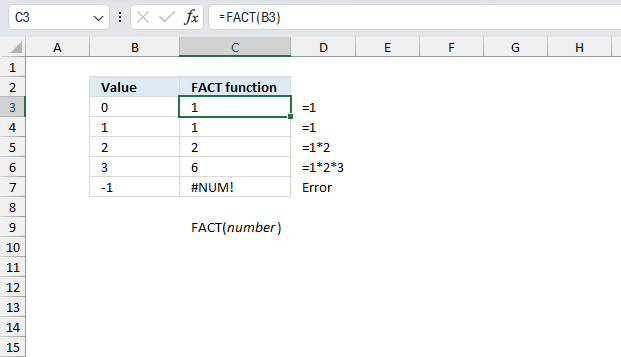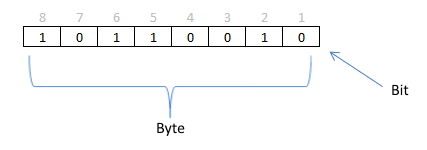'FACT function' category
How to use the FACT function
What is the FACT function? The FACT function returns the factorial of a number. Table of Contents Introduction Syntax Example […]
What is the FACT function? The FACT function returns the factorial of a number. Table of Contents Introduction Syntax Example […]
How to create permutations
I discussed the difference between permutations and combinations in my last post, today I want to talk about two kinds […]
I discussed the difference between permutations and combinations in my last post, today I want to talk about two kinds […]

